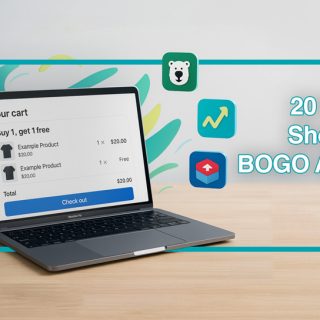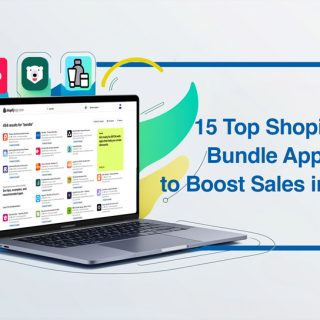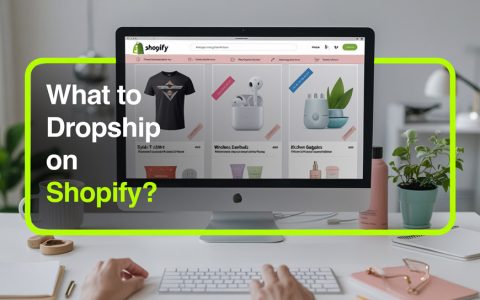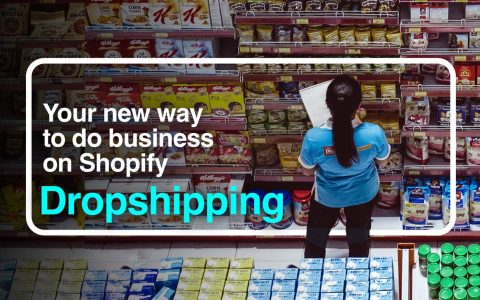Selling more and gaining profit in an ecommerce business requires strategies and plans. If you own such a business, you presumably know how challenging it can be to set firm strategies and stick to them. Bundling is one of the classic ones, a selling method that has helped sellers sell their products faster and customers get to what they need practically. It’s not just “give discounts to sell more”; a this concept represents a sophisticated practice and selling technique in the ecommerce world. what is a volume discount and how can one implement this practice into their sales plans?
This article talks about the volume discount definition, its pricing model and some volume discount examples.
What is a Volume Discount?
Volume Discounts revolve around the principle that the more customers buy, the more they save per unit. This strategic pricing approach is not solely about encouraging bulk purchases but also about creating a mutually beneficial arrangement.
Volume Discount Definition
At its core, a volume-based discount is a pricing strategy wherein businesses offer reduced prices to customers who make more significant or frequent purchases. This incentivizes buyers to increase their order quantities, fostering a mutually beneficial relationship between the seller and the customer.
By offering discounted rates for more significant or recurring orders, businesses entice users to commit to higher quantities based on a cost-efficient mindset, thereby ensuring a steady revenue stream. Simply put, in the volume discount definition, the customer returns more often and gets presented with bundles that matter and fit their need.

Types of Volume Discounts
A volume-based discount can take various shapes and forms, mostly due to different marketing and advertising tactics. Generally, there are four prevalent types:
-
Quantity-Based Discounts
The most common form of volume-based discount, quantity-based discounts, rewards customers for purchasing larger product quantities. This can include a tiered pricing strategy where the discount increases as the order volume rises. For example, if a customer buys two shoes, they will get 6% off, and if they purchase three pairs of the same shoes (say through a bundle), the discount will increase to 10%.
-
Seasonal Discounts
Seasonal volume discounts tie pricing incentives to specific periods, aligning with holidays, promotional events, or industry-specific cycles. This creates a sense of urgency, driving customers to capitalize on favourable volume discount pricing during these designated times. This type of discount can be applied to bundles, too, like a skincare bundle for Valentine’s Day.
-
Promotional Discounts
Promotional volume discounts are temporary reductions designed to boost sales within a specific timeframe. These could be tied to product launches, anniversaries, or other marketing initiatives, providing a short-term purchase surge. Some brands make bundles for special promotions.
Shopify user? This step-by-step guide to Shopify volume discounts walks you through how to implement the strategy effectively in your store.
Benefits of Offering Volume Discounts
Now that you know the volume discount formula, it’s time to discover the benefits of this method. Here are some of the benefits of volume discounts:
-
Customer Loyalty and Retention
One of the primary benefits of implementing this kind of discount is fostering customer loyalty and retention. Businesses establish a sense of value and appreciation by rewarding customers for more significant or recurring purchases. Customers are likelier to remain loyal to a brand that recognizes and rewards their commitment, leading to long-term relationships beyond individual transactions.
-
Increased Sales and Revenue
Volume discounts are a powerful incentive for customers to increase their order quantities. This not only boosts immediate sales but also contributes to overall revenue growth.
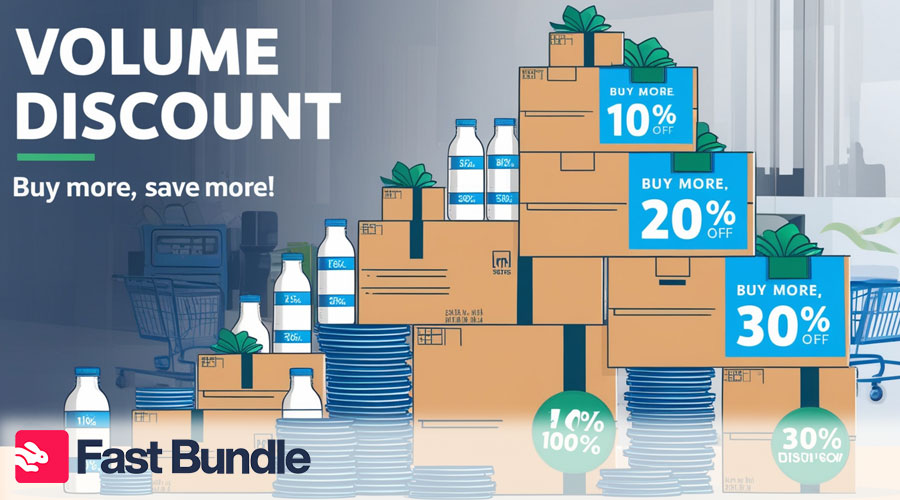
-
Competitive Advantage in The Market
In a competitive marketplace, standing out is crucial for sustained success. Offering attractive discounts provides a distinct competitive advantage. Customers are more likely to choose a supplier that provides economic benefits through volume pricing, especially compared to competitors with rigid volume discount pricing structures.
-
Building Strong B2B Relationships
For businesses engaged in B2B transactions, volume discounts are instrumental in building and strengthening relationships with clients. These discounts can serve as a powerful negotiating tool, fostering collaborative partnerships. As businesses recognize the financial advantages of bulk orders, they are more inclined to engage in mutually beneficial, long-term relationships with sellers that have integrated volume discounts in their framework.
Volume Discount Pricing Examples
what is a volume discount? the concept is quite simple to understand. Whenever something is becoming free or discounted “because it’s being purchased in volume”, you can be sure there’s volume discount pricing involved. Here are some volume discount pricing examples to help you better understand the concept:
- Amazon Business: Amazon offers a volume based discount for businesses purchasing office supplies or equipment in bulk. For example, buying 10 units of a product might give a 5% discount, while purchasing 50 or more units may qualify for 10% off. This is a classic volume discount example used to encourage larger purchases.
- Staples: Staples provides volume discounts on office supplies like paper or ink cartridges. A customer purchasing 5 reams of paper receives a small discount, but purchasing 20 reams results in a much larger price reduction, showcasing their volume-based discount strategy for businesses.
- Alibaba: Suppliers often offer volume discounts for bulk orders on Alibaba. For instance, buying 100 units of a product might come at a lower price per unit compared to buying 10 units, making it a popular volume discounts example for businesses sourcing large quantities.
- Coca-Cola: Coca-Cola provides volume-based discounts to retailers, offering lower prices when purchasing a larger number of soda cases. Retailers buying 100 cases may get a better rate per case compared to those purchasing 50 cases, encouraging higher volume orders.
Volume Discount Pricing Strategy
Implementing volume discounts successfully requires more than just lowering prices — it calls for strategic thinking and a clear pricing model. Businesses need to choose the right structure that aligns with their goals, customer behavior, and product type. Below are some of the most effective pricing strategies for applying volume discounts in a way that maximizes both customer satisfaction and profitability.
-
Tiered Pricing Models
Tiered pricing models are a versatile and widely used strategy for implementing volume discounts. In this approach, customers receive progressively higher discounts as they reach predefined order quantity thresholds. This tiered structure encourages customers to scale their purchases to unlock greater savings.
-
Customized Discount Structures
Tailoring volume discount structures to the specific needs and characteristics of customer segments can enhance the effectiveness of the strategy. Consider implementing customized discount structures based on factors such as customer loyalty, order frequency, or the nature of the products or services purchased. This personalized approach not only adds value for customers but also strengthens their connection to the brand.
-
Time-Limited Promotions
Introducing time-limited volume discount promotions injects a sense of urgency and excitement into the purchasing decision. Whether tied to holidays, special events, or product launches, these promotions create a spike in customer interest and drive sales during the specified period. Businesses can leverage these time-sensitive offers to boost revenue and cultivate a sense of exclusivity.
-
Bundling and Package Deals
Bundling products or services and offering package deals provide an alternative avenue for implementing volume discounts. By combining related items into packages at a discounted price, businesses encourage customers to purchase complementary products. This strategy not only increases the average transaction value but also introduces customers to a broader range of offerings. These discounts as bundled packages are quite prevalent on Shopify, and integrating a discount Shopify offer into your sales is one of the most effective strategies to make a sale.
Overcoming Challenges in Volume Discount
Indeed, implementing any kind of pricing strategy isn’t without difficulties. Below are the four main pitfalls of applying volume discounts to your pricing framework.
-
- Maintaining profitability: One of the challenges businesses face regarding these discounts is maintaining profitability. Offering discounts to incentivize larger purchases should not cost you profit margins. To overcome this challenge, businesses must ensure that the cost of the discount is outweighed by the increased revenue generated from higher sales volumes.
- Addressing customer expectations: Misalignment between the perceived value of the discount and customer expectations can lead to dissatisfaction. Clear communication about the benefits of volume discounts, transparent volume discount pricing structures, and realistic expectations are essential here.
- Managing inventory and production: Sudden spikes in demand resulting from successful discount promotions can strain resources and lead to inventory shortages. Businesses must implement robust inventory management systems and agile production to guarantee product quality or delivery timelines are not compromised.
- Monitoring and adapting to market trends: Businesses must stay agile to adapt to evolving trends. What worked as an effective volume discount strategy yesterday may not be as impactful tomorrow. Regularly monitoring market trends, competitor actions, and customer behavior will help businesses stay ahead of the curve.
Legal and Ethical Considerations
While volume discounts are a powerful pricing strategy, businesses must navigate carefully to avoid any potential legal or ethical malpractices.
-
Avoiding price discrimination issues: Price discrimination, where customers are charged different prices for the same product or service without a justifiable reason, can lead to legal ramifications. To stay within legal bounds, businesses should ensure that all the discounts are transparent, based on objective criteria, and do not unfairly disadvantage certain customer groups
- Complying with antitrust laws: Price-fixing, collusion, or other anti-competitive practices related to volume discounts can lead to severe legal consequences. Businesses must conduct regular legal reviews of their volume discount structures to ensure compliance with antitrust laws and to seek legal counsel if needed.
- Ensuring transparency in pricing policies: Businesses should clearly communicate their discount policies, including the criteria for qualifying, the extent of discounts offered, and any time limitations. Transparent pricing fosters a positive customer experience and reduces the risk of legal challenges.
Final Words
From understanding the volume discount definition to exploring advanced strategies and addressing challenges, businesses should have a holistic approach when launching a volume discount bundle strategy.
As businesses navigate the landscape of commerce, e-commerce, and retail, the strategic implementation of volume discounts emerges as a crucial tool for success. The benefits of customer loyalty, increased sales, and a competitive advantage underscore the importance of mastering this sales strategy.
For businesses yet to embrace volume discounts or those seeking to enhance their current strategies, the call to action is clear. Implementing volume discounts strategically requires a combination of data-driven decision-making, customer-centric approaches, and a commitment to transparency. As the business context evolves, staying adaptable and proactive in adjusting volume discount strategies will be key to maintaining a competitive edge.
FAQ
Some sellers may offer discounts only on bulk purchases of certain items, while others provide tiered pricing for a wide range of products. Always check the terms and conditions or product page for eligibility..
This depends on the seller’s policy. Some businesses allow stacking discounts, while others may restrict combining volume discounts with other offers. Always review the terms or contact customer service for clarification.




